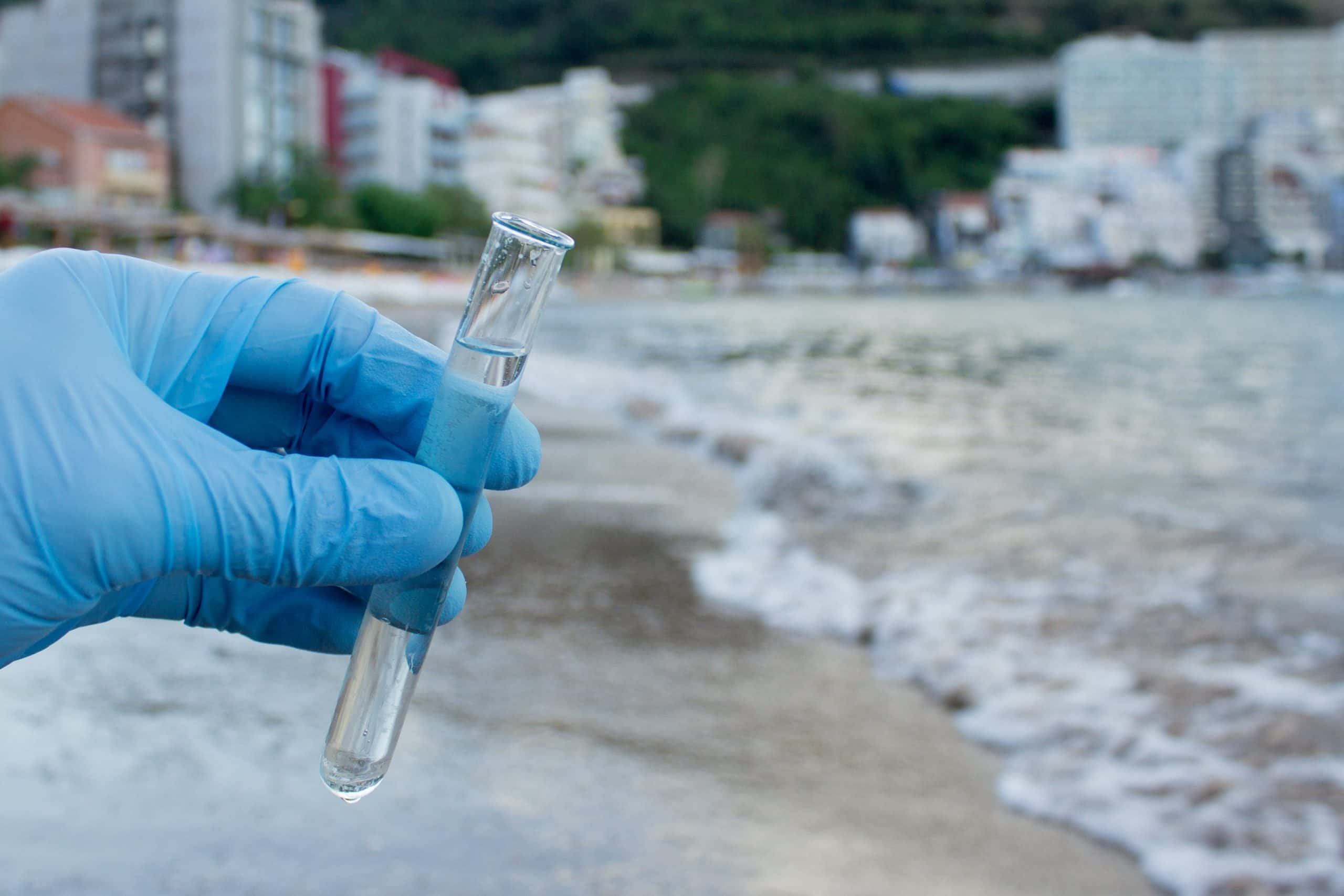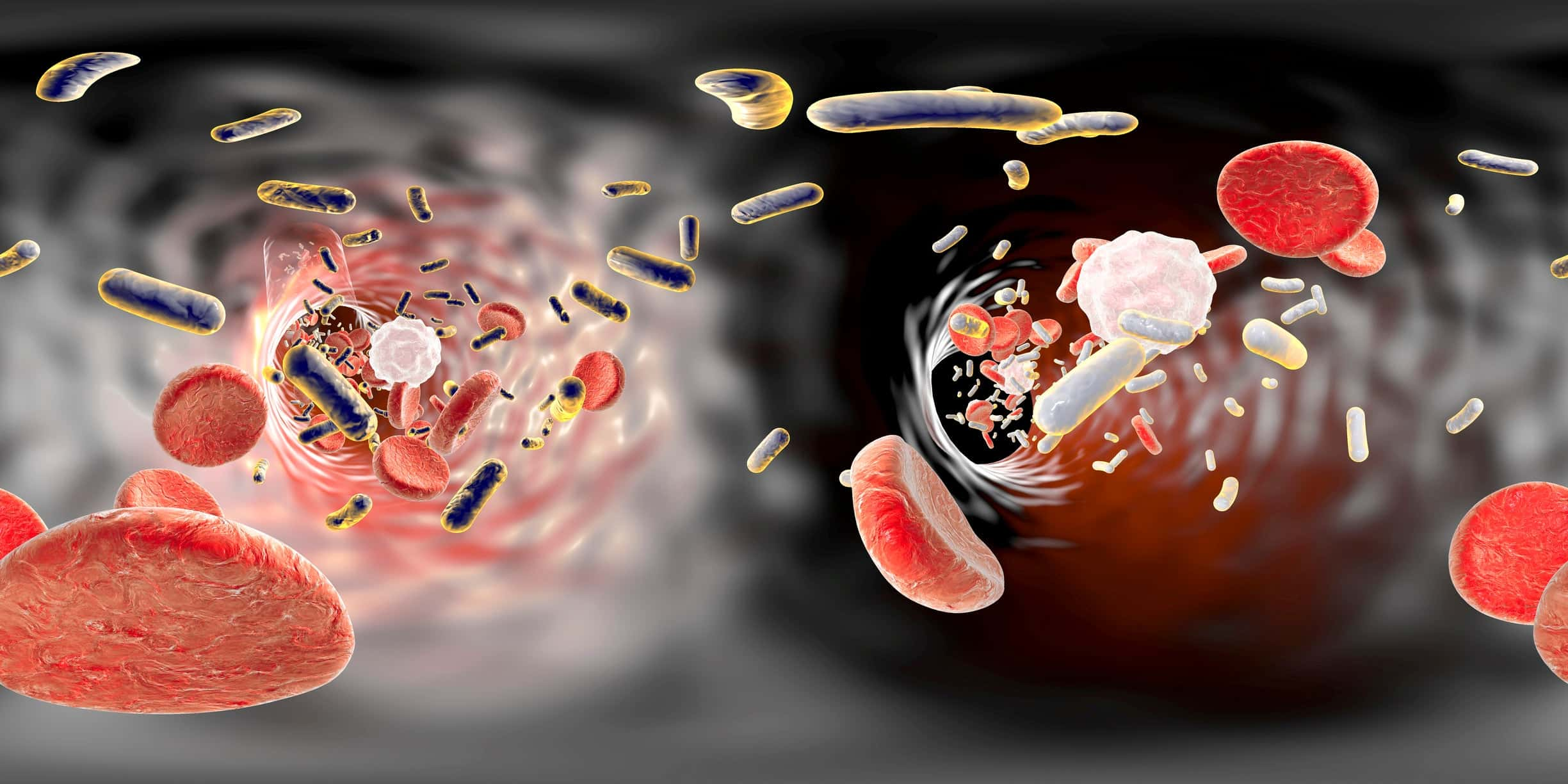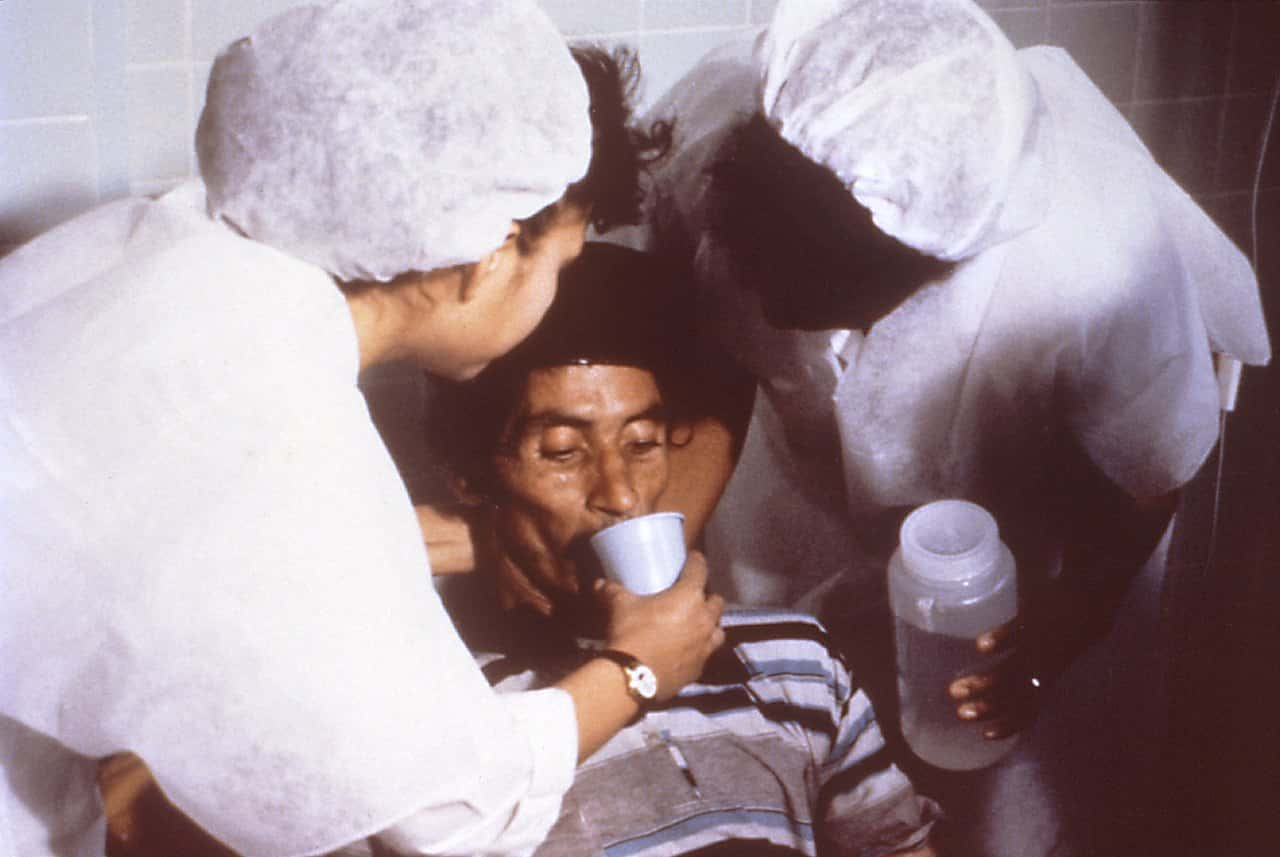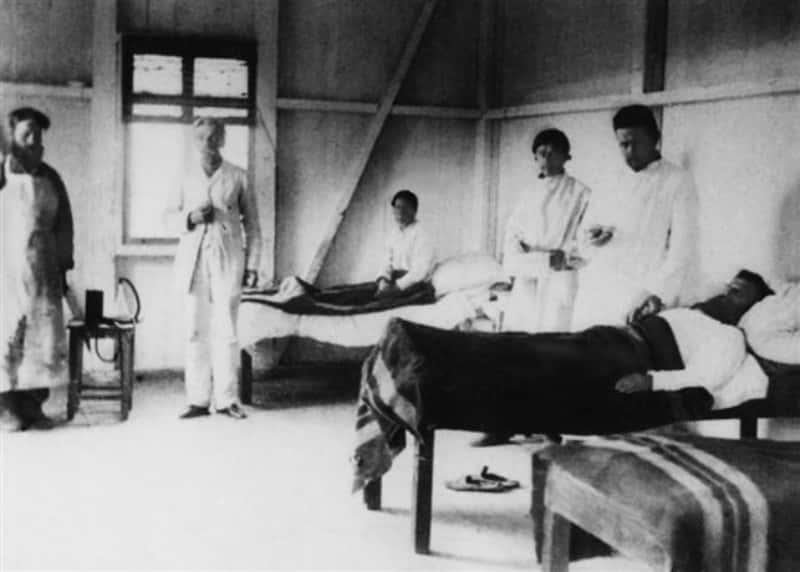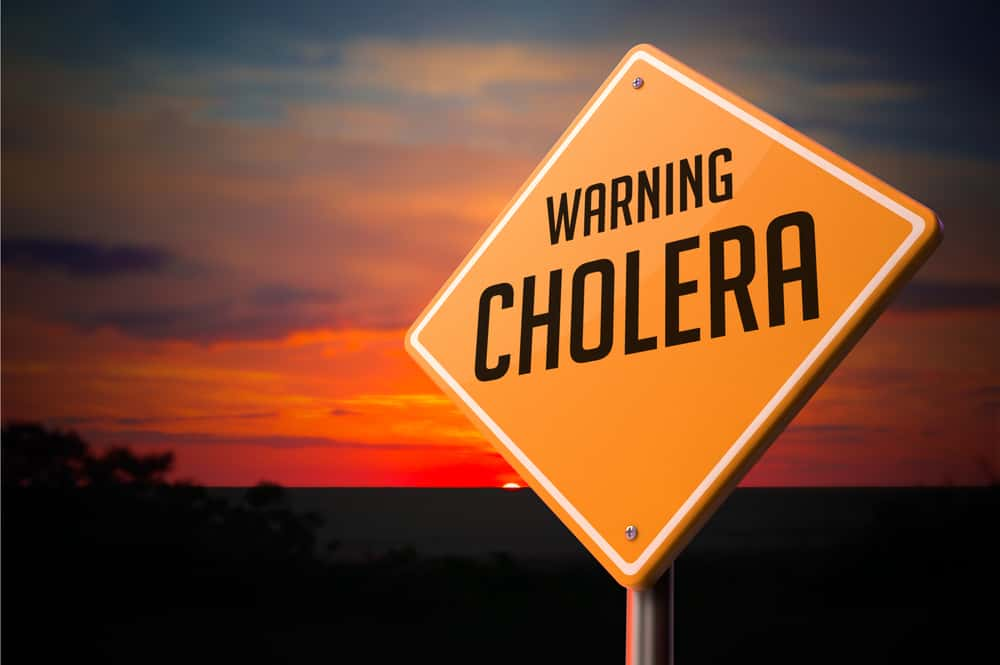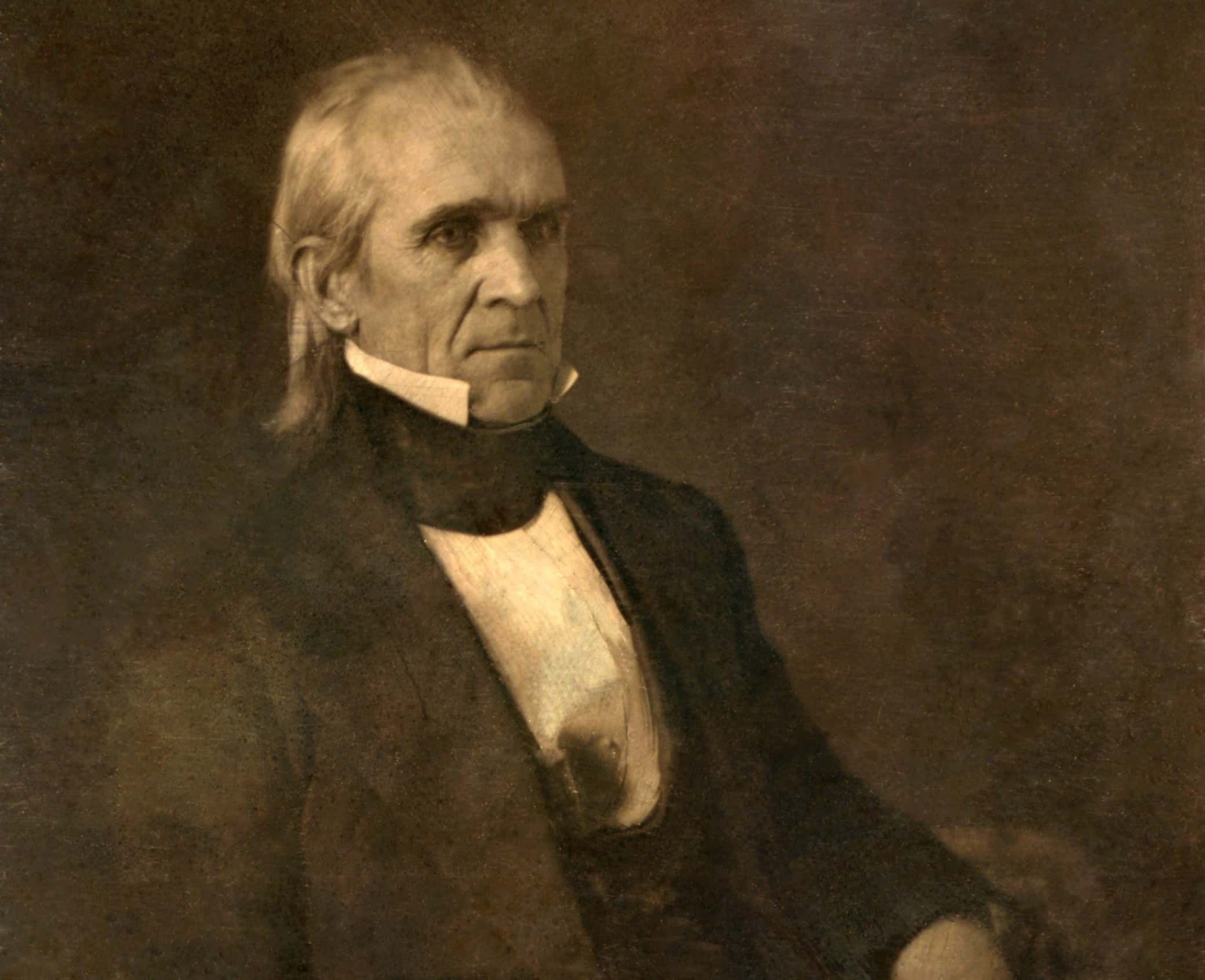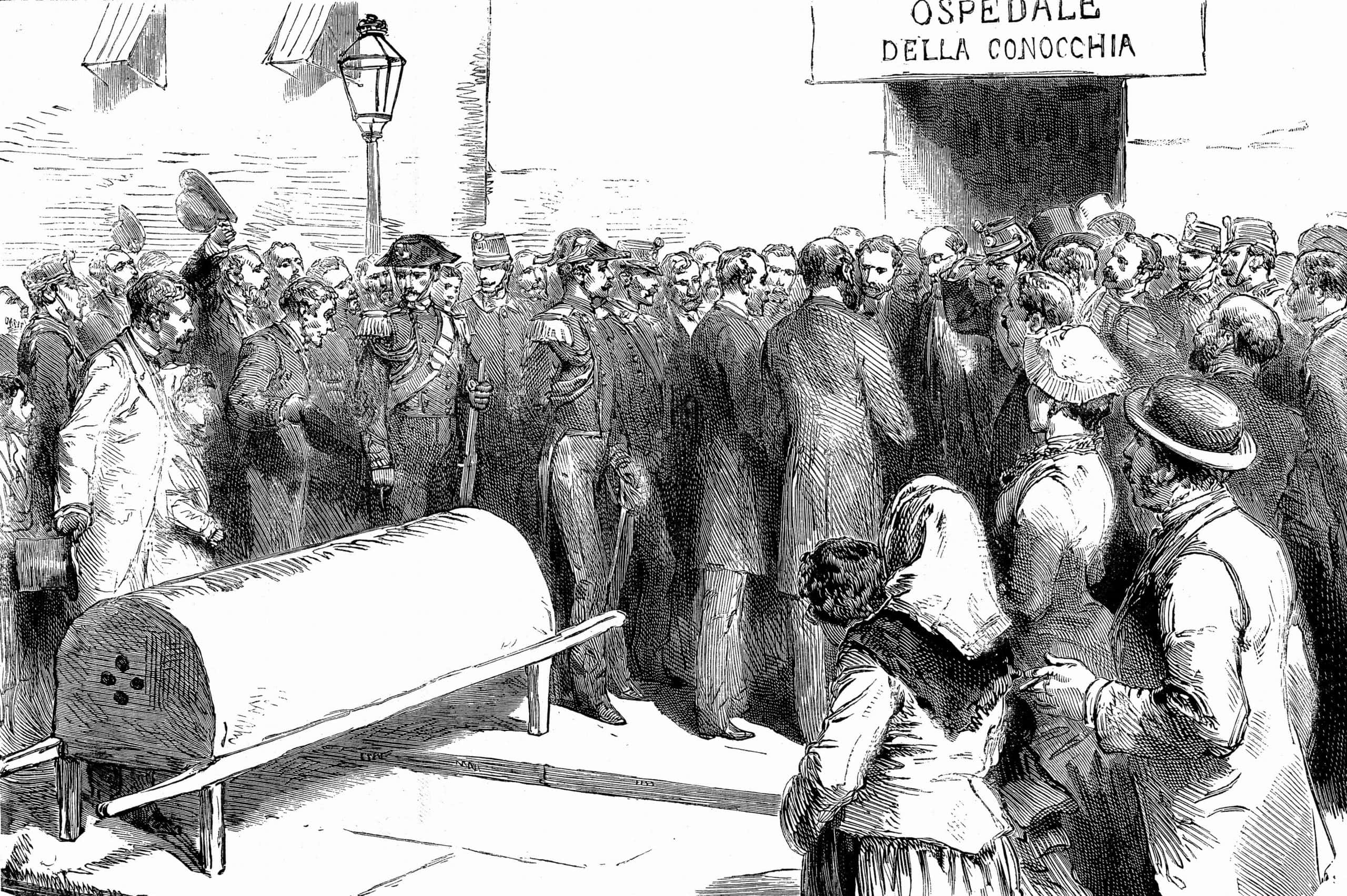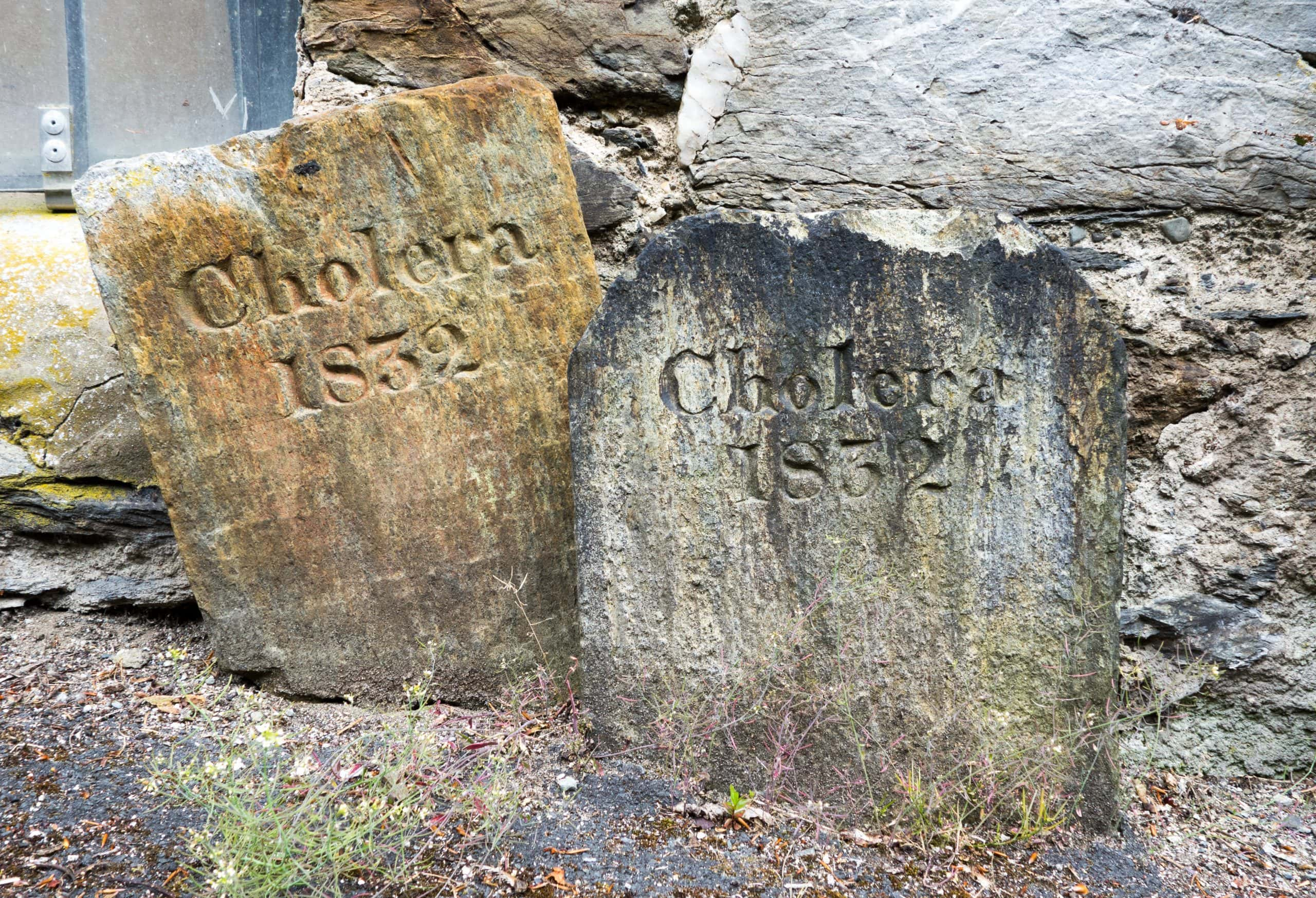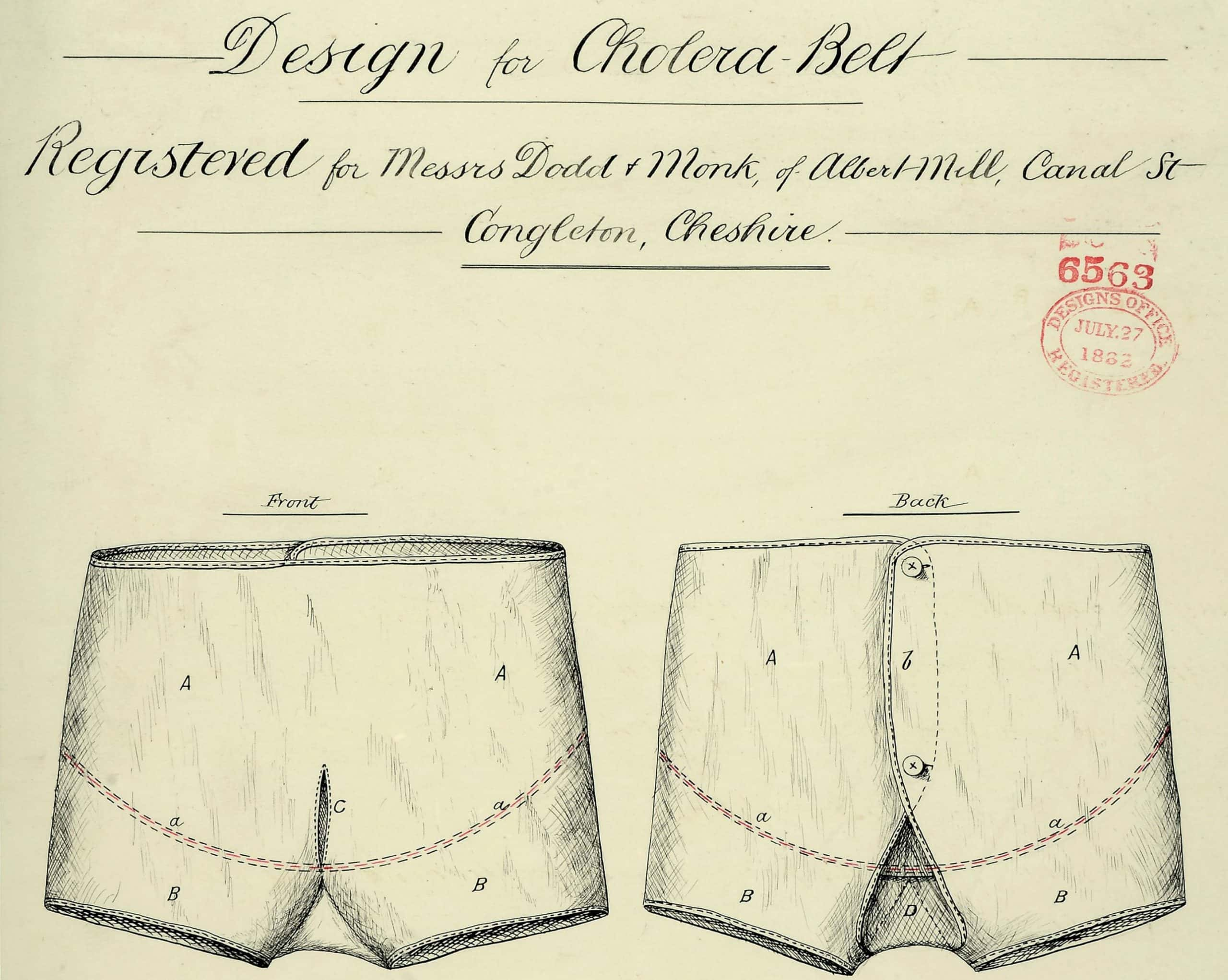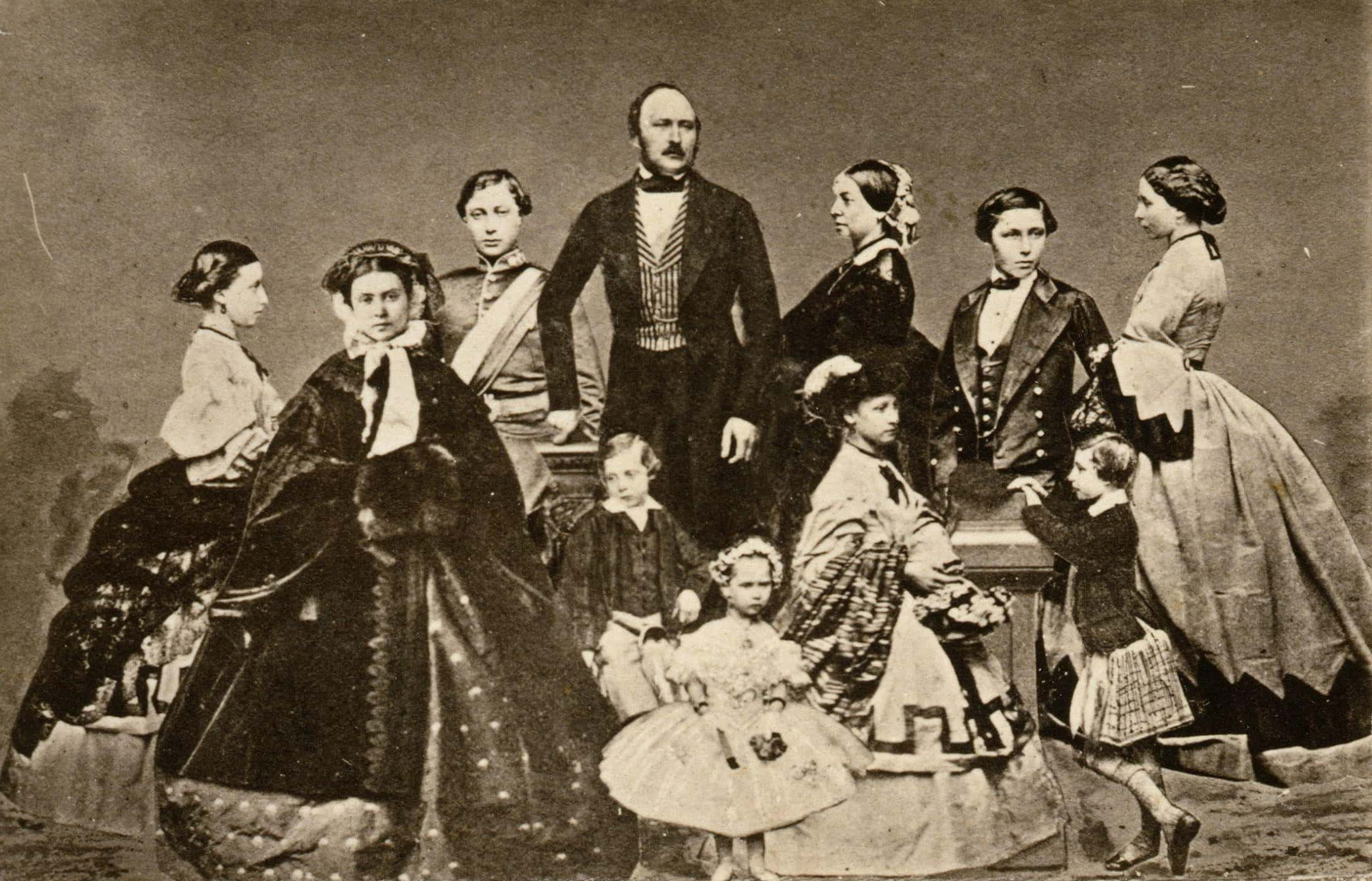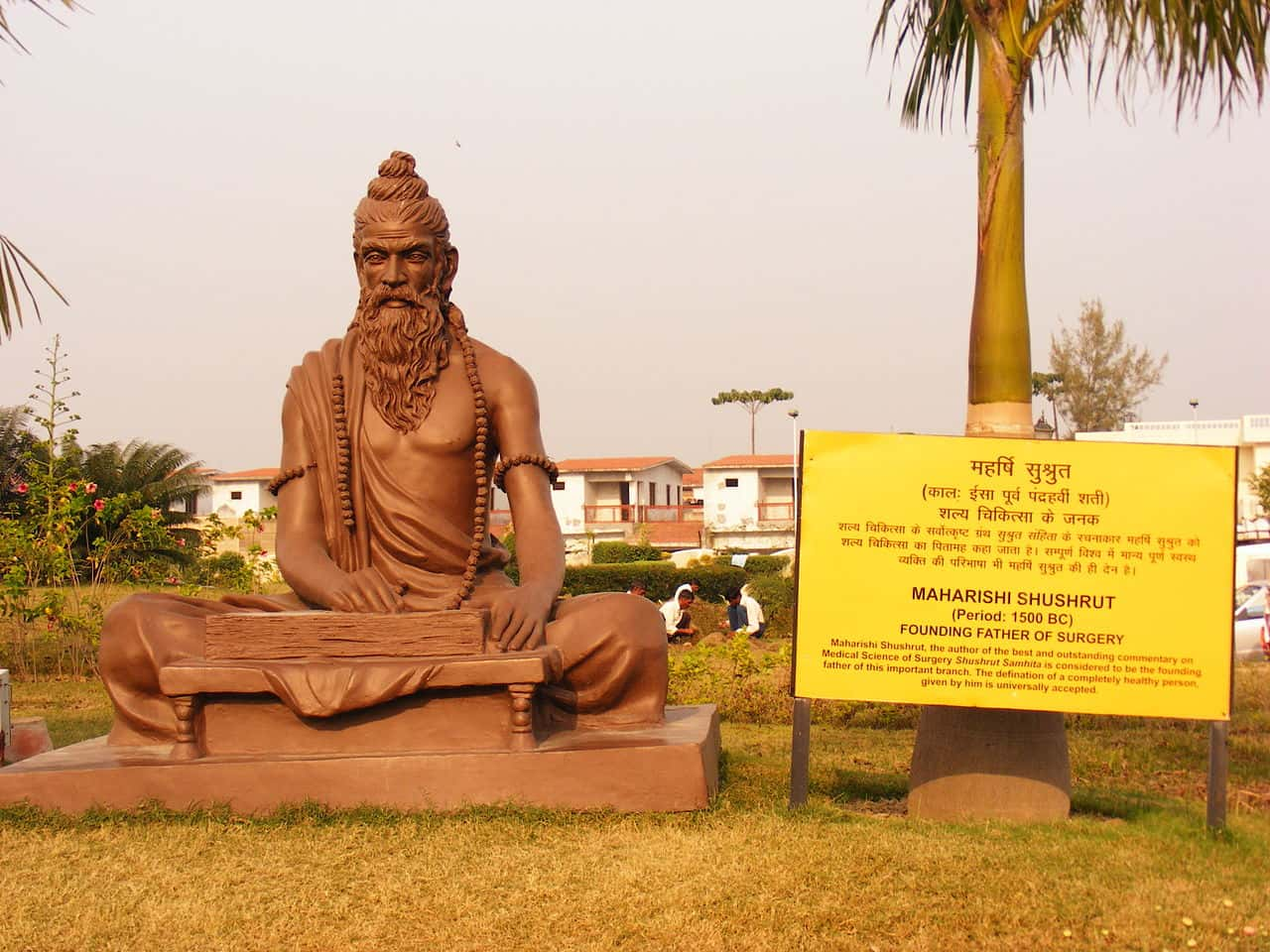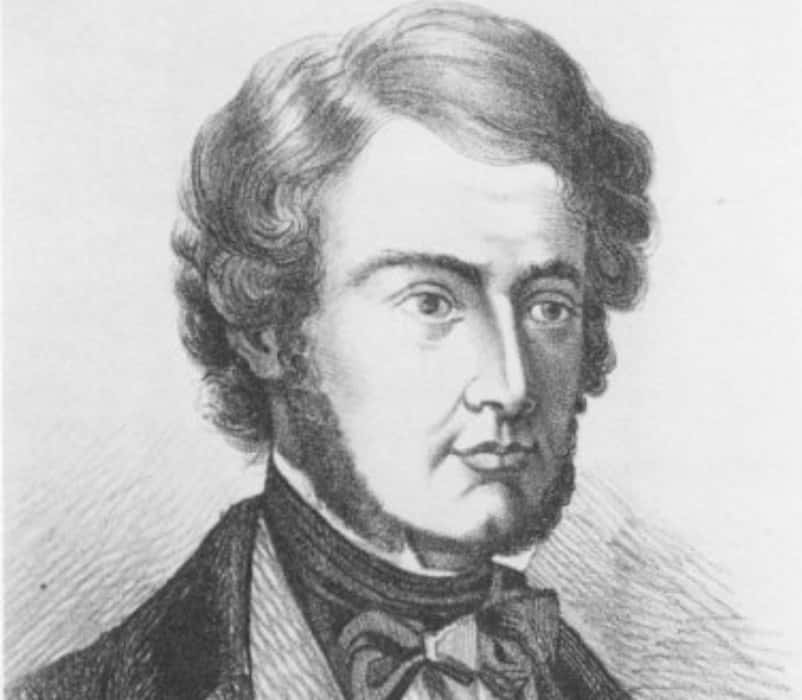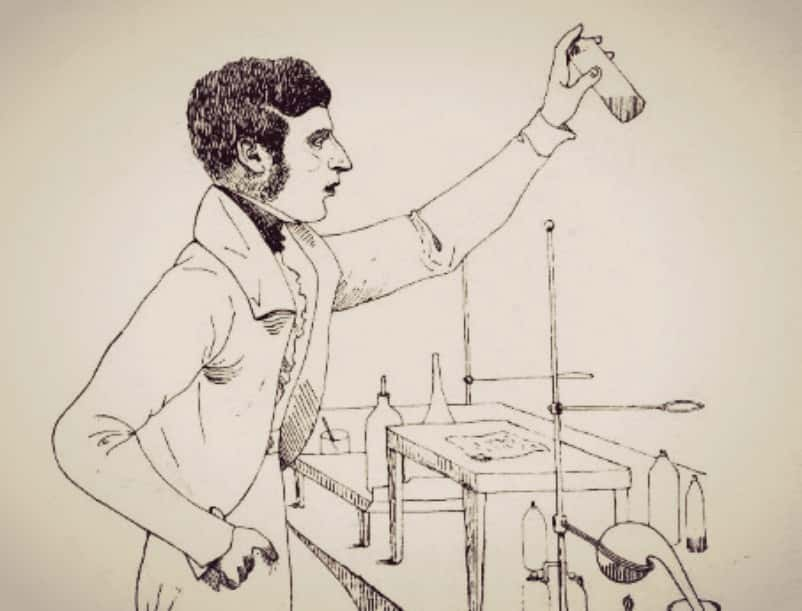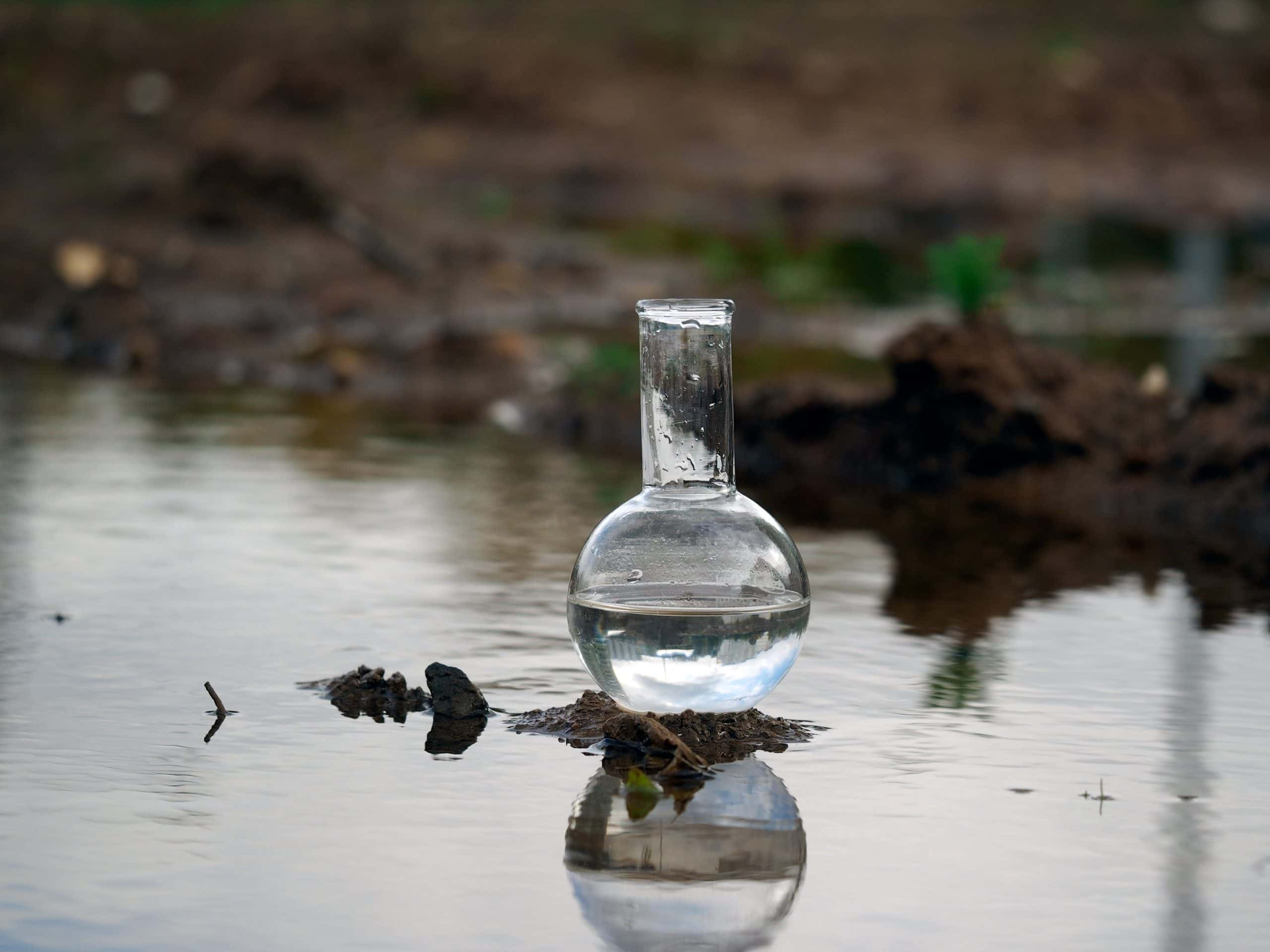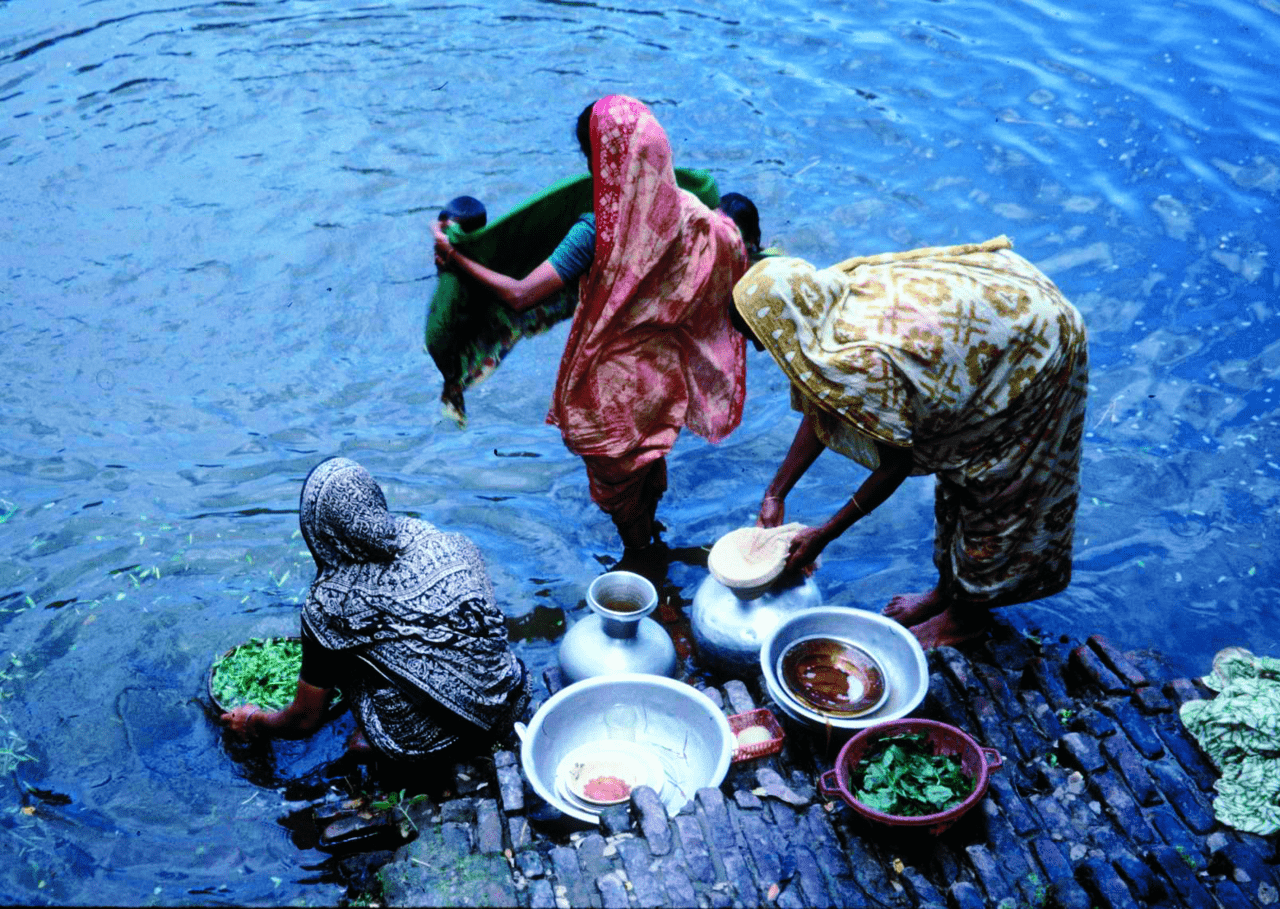“[Cholera is] a disease that begins where other diseases end, with death” —Francois Magendie, French physiologist
You thought the Black Death was bad? Well, all is not Love in the Time of Cholera when it comes to this highly infectious disease. Like the plague, throughout history several devastating cholera outbreaks have ravaged cities and populations, all while humans desperately struggled to understand how and why the disease was spreading, and what exactly they could do, if anything, to prevent it. Although we now better understand cholera and it is relatively easily treated, the disease still affects—and kills—thousands of people worldwide in areas that do not yet have the resources to reliably prevent or cure the infection; indeed, these areas are the most vulnerable to cholera. Put on your hazmat suits and examine these 42 pandemic facts about cholera.
Cholera Facts
42. Know Your Enemy
Although cholera’s symptoms—vomiting, muscle cramps, and watery diarrhea—seem relatively benign, the speed with which the body loses hydration through these symptoms is staggering—and deadly. This dehydration can cause sunken eyes and bluish pallor to the skin of infected people.
41. Just Hours
Cholera is caused by the bacterium Vibrio cholerae. There are many strains of the bacterium, and some types are more severe than others. In the 2010 Haiti outbreak and the 2004 India epidemic, the cholera strains often resulted in death within a mere two hours.
40. Water Ways
Cholera is spread through fecal-oral contact, primarily through water. That is, you often get cholera by drinking water that has been contaminated with feces; cholera bacterium thrives in water. Cholera transmission directly from person to person is extremely unlikely.
39. Cold Cases
It is difficult to measure the contemporary impact of cholera, as many cases of the disease go unreported—the governments of affected countries often fear a drop in tourism, and seek to stifle news of an outbreak.
Getty images38. An Ancient Disease
Descriptions of cholera have come up in Sanskrit texts dating as far back as the 5th century BC.
37. You’ll Never Look at Rice the Same Again
Cholera diarrhea is so diluted that it is often called “rice water” or “rice water” stool.
36. It Can Sense Weakness
The less cholera bacteria that you ingest, the more likely you are to survive an infection. It takes about 100 million bacteria to produce cholera in a healthy adult, although this number goes down if a person’s immune system is compromised, whether through age or other diseases. Type O blood is also susceptible to cholera infection.
35. Our Special Friend
Although cholera has been found in two animal populations, shellfish and plankton, only humans are so dramatically affected by the disease.
34. Biology Lesson
On a microscopic level, cholera works like this: once you ingest the cholera, the bacterium travel down to your small intestine. There, they release proteins that, through a series of biological reactions, open up the pores of the intestine wall, making the cells lose water and causing diarrhea and vomiting.

History's most fascinating stories and darkest secrets, delivered to your inbox daily.
33. Infectious Immunity
Oddly enough, carriers of cystic fibrosis—that is, people who have the cystic fibrosis gene but are unaffected by the condition—have a higher immunity to the disease. Their genetic deficiency actually interferes the bacterium’s ability to make those nasty, deadly proteins that lead to diarrhea, dehydration, and possibly death.
32. Acid Test
Most of the time, however, the cholera bacteria don’t even make it down the small intestine; they are often destroyed by stomach acid, or else taken care of by the body’s immune system, and only 1 in 10 people affected with cholera show any symptoms.
31. A New Generation
The diarrhea and vomiting caused by cholera will also carry multiplying generations of cholera outside the infected host, creating new opportunities for infection. This is generally how cholera spreads: the fecal matter from an infected person gets flushed or dumped into the water, where new bacterium living inside the stool can spread all over again.
30. You’re in for a Rough Week
The incubation period for cholera—before any symptoms do show up—is anywhere from two hours to five days after exposure, and the disease, if it doesn’t kill you, typically lasts four to six days.
29. At a Disadvantage+
In cases of severe cholera, up to 60% of infected people can die.
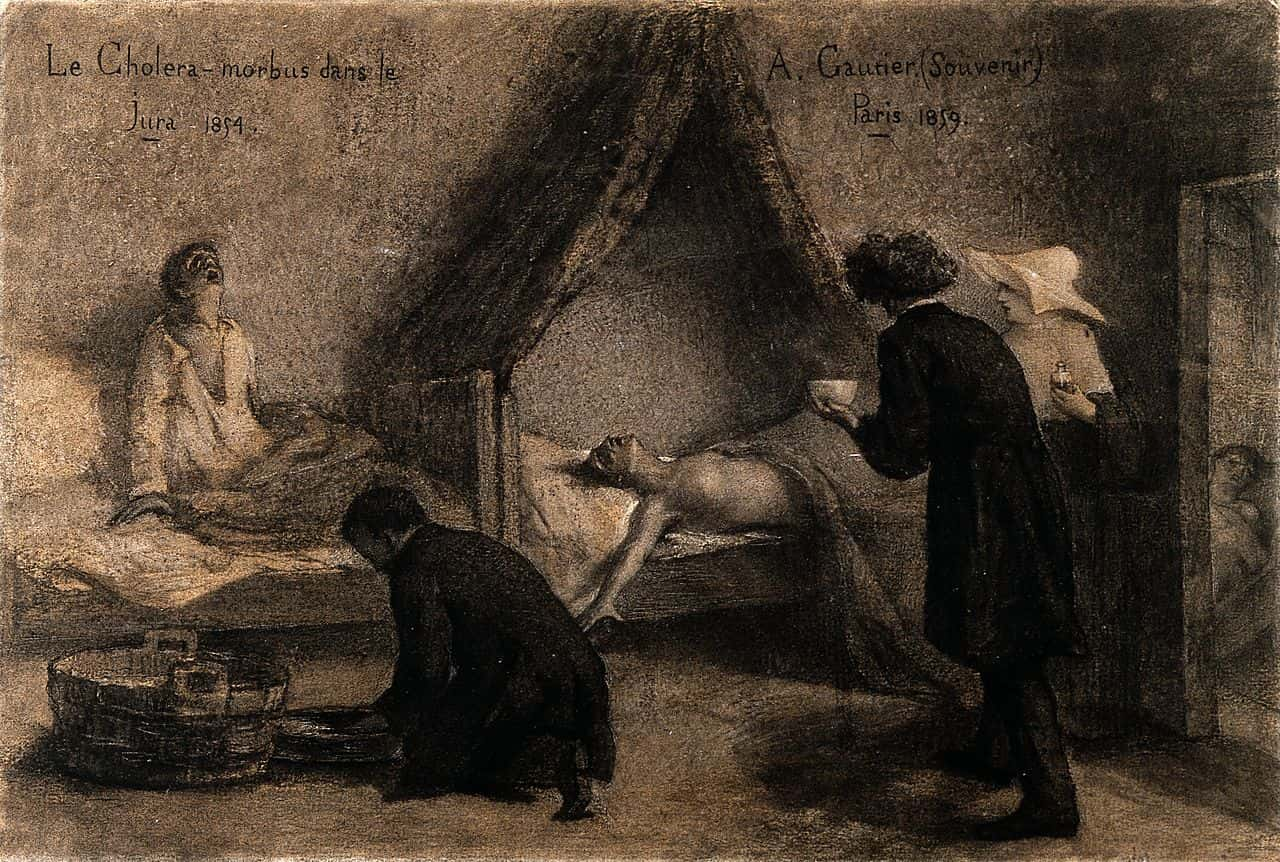 Wikimedia Commons, Wellcome Images
Wikimedia Commons, Wellcome Images
28. Only You Can Prevent Cholera Outbreaks
The high death rate of cholera, however, is almost entirely preventable. All that is needed to reliably survive cholera is rehydration therapy—basically pumping the body with liquid, either orally or intravenously, to keep the body hydrated until the symptoms subside. With effective oral rehydration treatment, the fatality rate of cholera is less than 1%.
27. Lucky Number Seven
There have been seven cholera pandemics in the last 200 years. The first cholera pandemic occurred in Bengal, India from 1817 to 1824, while the last and seventh pandemic showed up in Indonesia in 1961. Lest you think we’re free of it, however, in 2016 the World Health Organization called an outbreak of cholera in Yemen “the worst cholera outbreak in the world.”
26. El Tor
The seventh Indonesian pandemic of 1961 came from a new strain called El Tor that is still prevalent in regions across the world today.
25. By the Numbers
Cholera affects around 3 to 5 million people around the world, and as of 2010, it was the cause of 58,000 to 130,000 deaths every year.
24. Road Map
Cholera likely developed in the Indian subcontinent, and the disease has been present in that region for centuries. It later spread by trade routes through Russia, then Europe, then to North America. After the early 1900s in New York City, cholera didn’t rear its head in the Americas until late into the 20th century.
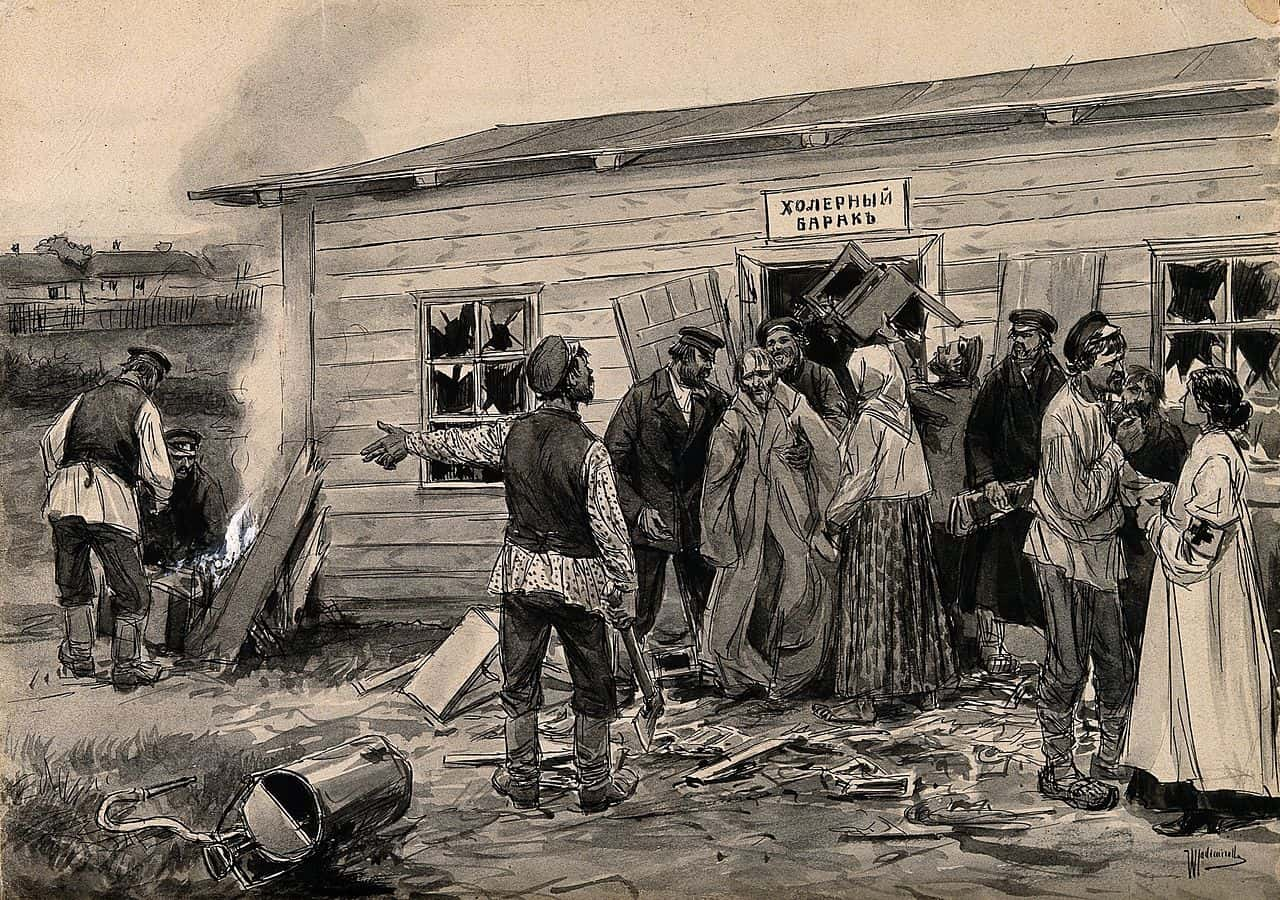 Wikimedia Commons, Wellcome Images
Wikimedia Commons, Wellcome Images
23. No, Not My Favorite President!
In the mid-1800s, several cholera outbreaks ravaged parts of Europe, particularly big cities like London and Paris. An outbreak of cholera in 1849 in North America also killed former US President James Polk. These mid-1800s outbreaks encompassed both the second and third cholera pandemics, which lasted from 1829 to 1851 and 1852 to 1860, respectively.
22. The Plot Thickens
Cholera also took the lives of some other notable figures—Russian composer Pyotr Ilyich Tchaikovsky was likely among them, contracting the disease from contaminated drinking water a few days before his death. His mother died of cholera, and his father became sick at the same time but survived. However, there is currently a debate raging about the circumstances surrounding how he contracted cholera. There is suspicion that he died by suicide after he was blackmailed. How did we end up with an amazing mystery novel plot in the middle of a cholera article?
21. Not Quite Right
During most of the pandemics of the 1800s, little was known about cholera or how the outbreaks came about. The theories were often incorrect, but derived from some pertinent observation: doctors in France theorized that the disease had something to do with poverty and living conditions, and the US believed that it was brought by recent immigrants. These theories were off the mark and unfairly placed the blame on vulnerable communities, but underdeveloped living conditions do help cholera thrive, and watery ports are also fertile places for the disease.
20. I Can Feel It Comin’ in the Air Tonight
The prevailing theory of the pandemics of the 19th century was nonetheless totally wrong. Many people at the time did not understand bacteria or germs, and instead believed in what is now called the “miasma theory.” Miasma theory attributes the spreading of diseases like chlamydia, the Black Death, and, yes, cholera, not to specific disease vectors of germs through blood, water, or other forms of contact, but to bad, polluted air—they also called it “night air.” In this theory, just breathing in the noxious air could make you sick, and cholera as a disease existed in the polluted atmosphere, not in bacterium traveling through water. This sort of theory also led to the construction of hospitals with large windows which would be left open, no matter the season, so that patients could always be exposed to fresh air. I’m sure the freezing cold winter air worked great for all the pneumonia patients.
Crowd outside hospital in Naples during cholera epidemic.
19. This Isn’t Why You’re Fat
Some 19th-century academics pushed the miasma theory so far, they even argued that just inhaling food odors could make you fat.
18. Dead Wrong
Some myths about cholera still persist: for example, people in some areas still falsely believe that dead bodies spread cholera. This is not the case—because, perhaps more unfortunately, the disease has likely already multiplied through the waste the host produced while living.
17. Deus Ex Cholera
Other theories about cholera were more unhelpful still, and some of the British even thought the disease came about because of divine intervention, in a kind of “Noah’s Arking” of the world.
16. High Fashion
Because of this limited understanding of cholera, both through miasma theory and other beliefs, ineffective remedies were often prescribed to infected patients, including contraptions called cholera belts, which were supposed to chill the abdomen and thus, for some reason, kill the disease. Cholera belts were even standard army issue in the mid-1800s.
15. Eyewitness
The bacterium was first isolated by an Italian anatomist named Filippo Pacini in 1854, and in 1883, Robert Koch used a microscope to identify V. chlorae as the bacteria causing the outbreaks. Cholera is shaped a little like, if you’ll excuse the comparison, a tampon. It has a slight kidney bean curve and a long tail. Pacini’s discovery, in particular, didn’t help too much—his results weren’t widely known, and cholera’s exact functions remained somewhat of a mystery.
 [/media-credit] Robert KochWikimedia Commons Robert Koch
[/media-credit] Robert KochWikimedia Commons Robert Koch
14. This John Snow Knows Something
The road to an understanding of how cholera spread came in fits and starts. In 1854, right in the middle of the third cholera pandemic, a physician named John Snow nay-sayed all those miasma truthers and proposed a link between cholera and contaminated drinking water, developing a theory that cholera wasn’t spreading through polluted air, but through waterways. His 1855 review correctly identified a model for the disease and even mapped probable routes for two London epidemics. Nonetheless, it would take a long, slow 30 years for his model to be fully accepted.
13. C’mon People, I Said Listen to John Snow
Other than sharing a name with a beloved character from a massive HBO show and mapping out cholera outbreaks, Snow also accomplished another major achievement. He helped develop anesthesiology and worked to measure the effects of ether and chloroform, both substances that help knock a patient unconscious during medical procedures. Before his work to formalize the use of these anesthetics in surgery, patients would often undergo horrifically painful procedures—like childbirth and mastectomies—without any painkillers.
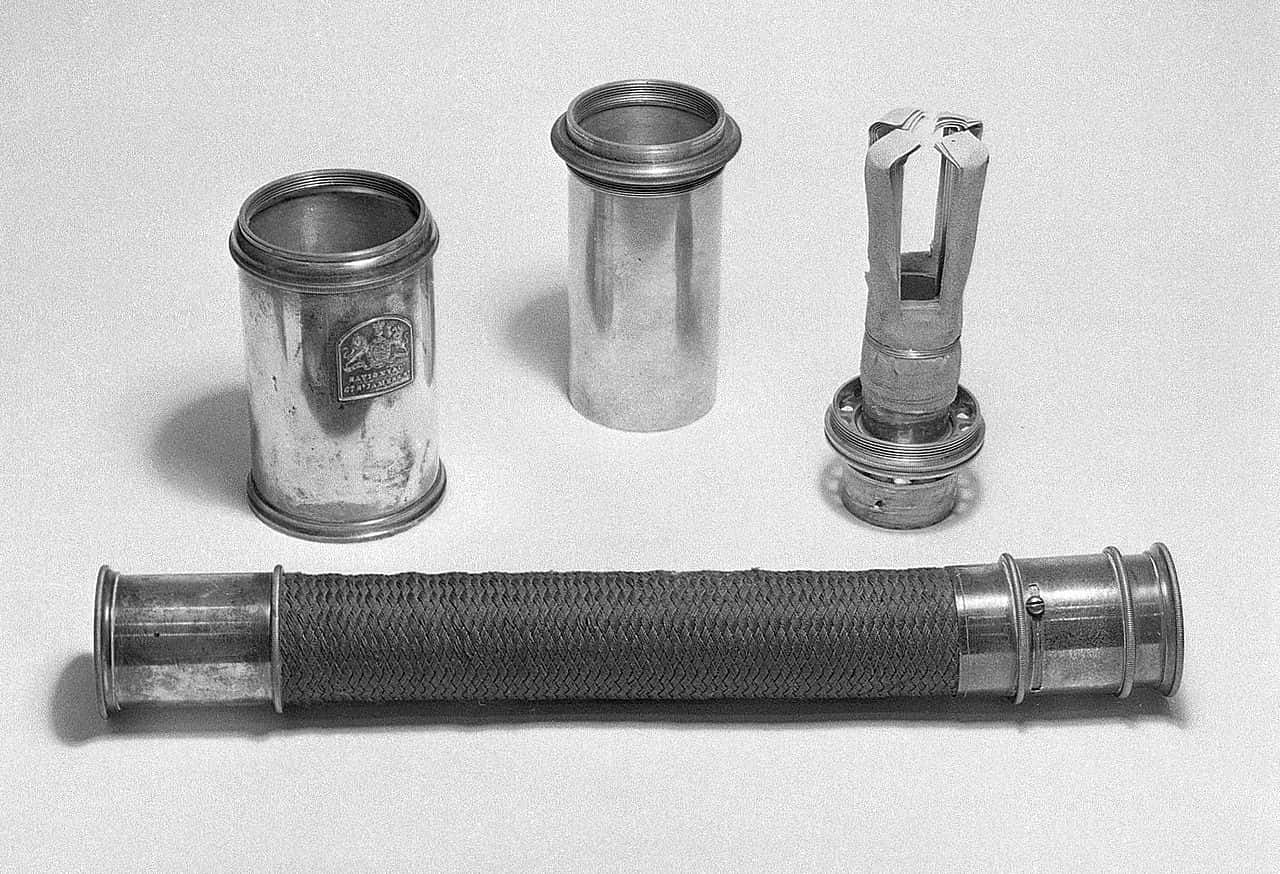 Wikimedia Commons, Wellcome Images
Wikimedia Commons, Wellcome Images
12. Esteemed Patient
Snow personally used chloroform on Queen Victoria during the births of two of her children.
11. Right at Last
Despite not knowing exactly how cholera spread, people figured out cholera’s definitive cause of death—that is, dehydration through a loss of water and salt—rather early on, during the second cholera pandemic in Russia.
10. Doctor’s Orders
In fact, over 3,000 years ago, the Indian doctor Sushruta even prescribed a mixture of rice water, carrot soup, and coconut juice to combat cholera, a mixture that was widely used throughout the disease’s history. After all, cholera’s damage to the body is very obvious: liquid is coming out, and you need to put it back in.
9. Whatever You Do, Don’t Bloodlet
Even with this relatively advanced understanding of the fatality of cholera, it wasn’t as simple as drinking some blue Gatorade and calling it a day, and researchers initially had great difficulty convincing people that rehydration would work. In 1831, William Brooke O’Shaughnessy, after noting the loss of water and salt in the blood and stools of cholera patients, suggested the “injection of powerful...salts directly into the veins,”—a method not too far off from our modern day rehydration therapy. Despite how on the money he and a few other researchers were, people continued to do completely wrongheaded things—like bloodletting, which obviously made the dehydration much worse.
8. Totally Rad, Dude
Like his fellow cholera fighter Snow, O’Shaughnessy also has another claim to fame: he brought the therapeutic use of cannabis to Western medicine.
7. The Other Yellow Fever
During the earlier pandemics, if a ship was contaminated with cholera, it would fly a yellow flag up to port. If a ship’s mast had a yellow flag, the vessel was quarantined and no one was allowed ashore, typically for a period of 30 to 40 days. Dibs on not entering that boat at the end of the month.
6. Etymology
The word “cholera” comes from “khole,” the Greek word for “bile,” and denoted, according to the Online Etymology Dictionary, "a type of disease characterized by diarrhea, supposedly caused by bile." Hippocrates was the first to mention it in his writings. Another meaning of the term “khole” is “drainpipe” or “gutter,” which is fitting given the ways that cholera as a disease spreads.
5. We Built This City
Once Snow’s theory linking cholera to unclean drinking water was widely accepted, cities began to update and invest in their infrastructure, creating better sewage purifying systems and testing the water supply to make sure it was clean. Since this municipal updating, cholera is no longer a deadly threat in the developed world.
4. The Great Stink
The miasma theory was in full swing when London in 1858 experienced “The Great Stink.” Heat levels soared in the city during that summer, and the sweaty temperatures emphasized the smell of the human waste and industrial dross that sat in the river Thames. Inadequate sewage of the river had been going on for years, and three previous cholera outbreaks had been blamed on the noxious air. Of course, the smell was a part of the problem, as it indicated poorly drained and maintained sewage systems that allowed cholera to thrive, but people continued to blame it on the air.
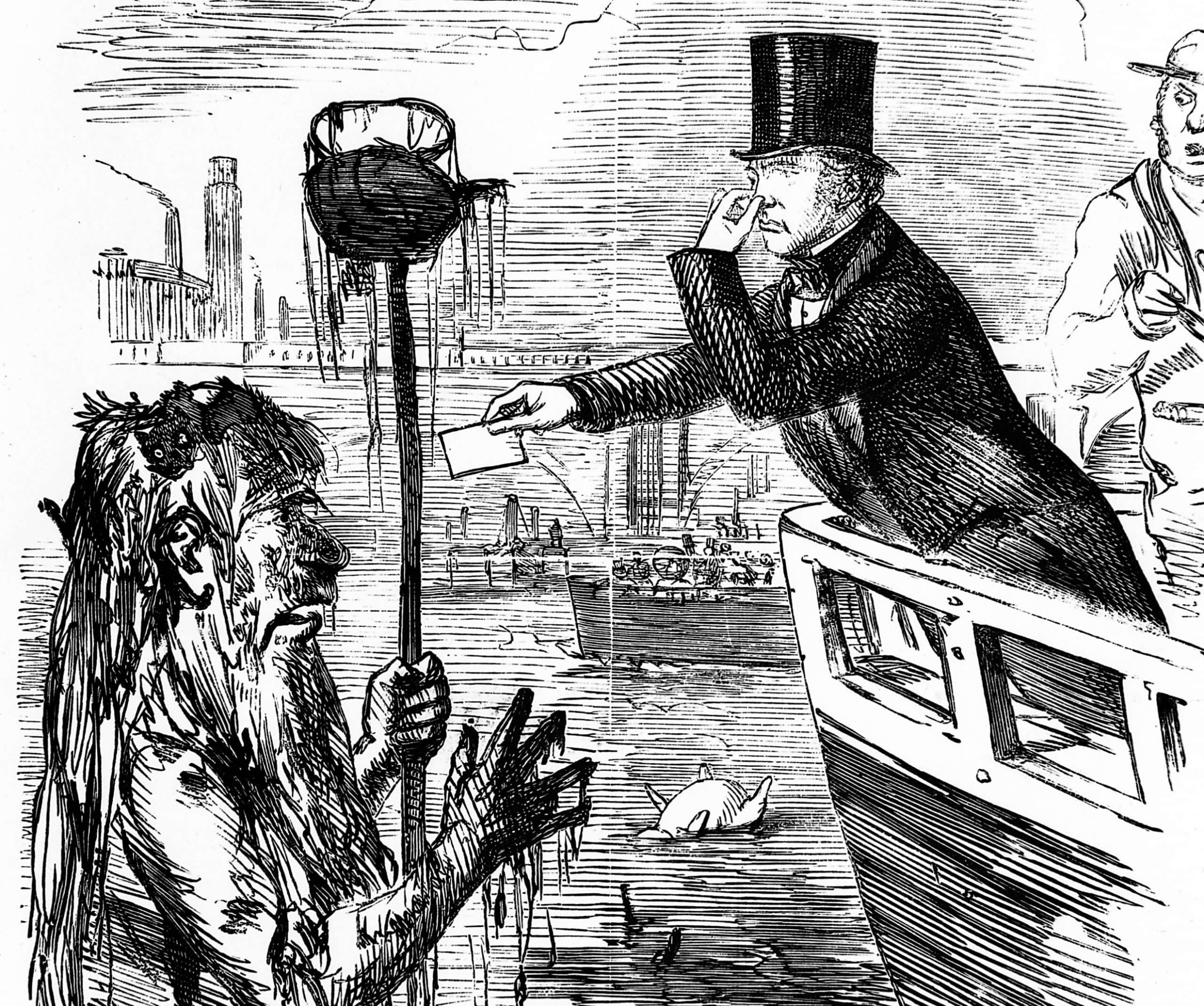 Wikimedia Commons, Wellcome Images
Wikimedia Commons, Wellcome Images
3. More Work to Do
Although it’s now extremely rare and very unlikely to be lethal in industrialized nations, cholera is still a persistent problem in the developing world, as developing nations with poor sewage management systems are vulnerable to cholera outbreaks.
Aerial view of sewage treatment water reclamation plant.
2. Don't Eat Out Tonight
Where in the developing world, cholera is mostly spread through contaminated waterways, iIn the developed world, cholera is most often spread by food. In particular, seafood, like harvested oysters, that has come into contact with infected sewage can transmit cholera into the body.
1. Clever Girls
Developing nations, despite the structural disadvantages they face, have found cheap and effective ways to deal with cholera. In Bangladesh, for example, many people use the cloth of their saris to filter their water, a practice that has been observed to decrease the rates of cholera by half.
Sources: 1, 2, 3, 4, 5, 6, 7, 8, 9, 10, 11, 12, 13, 14, 15, 16





